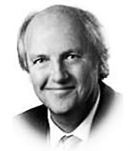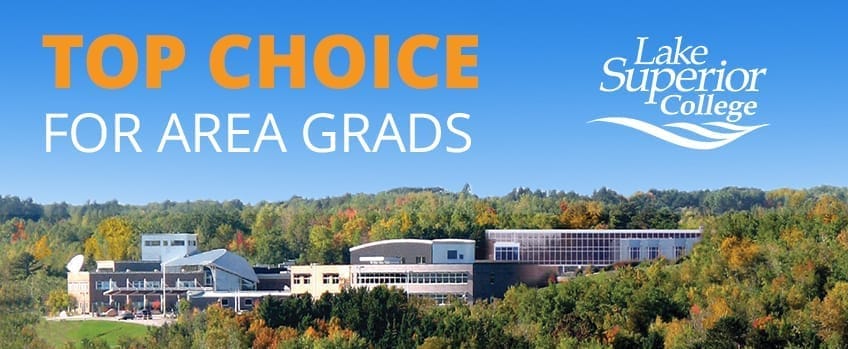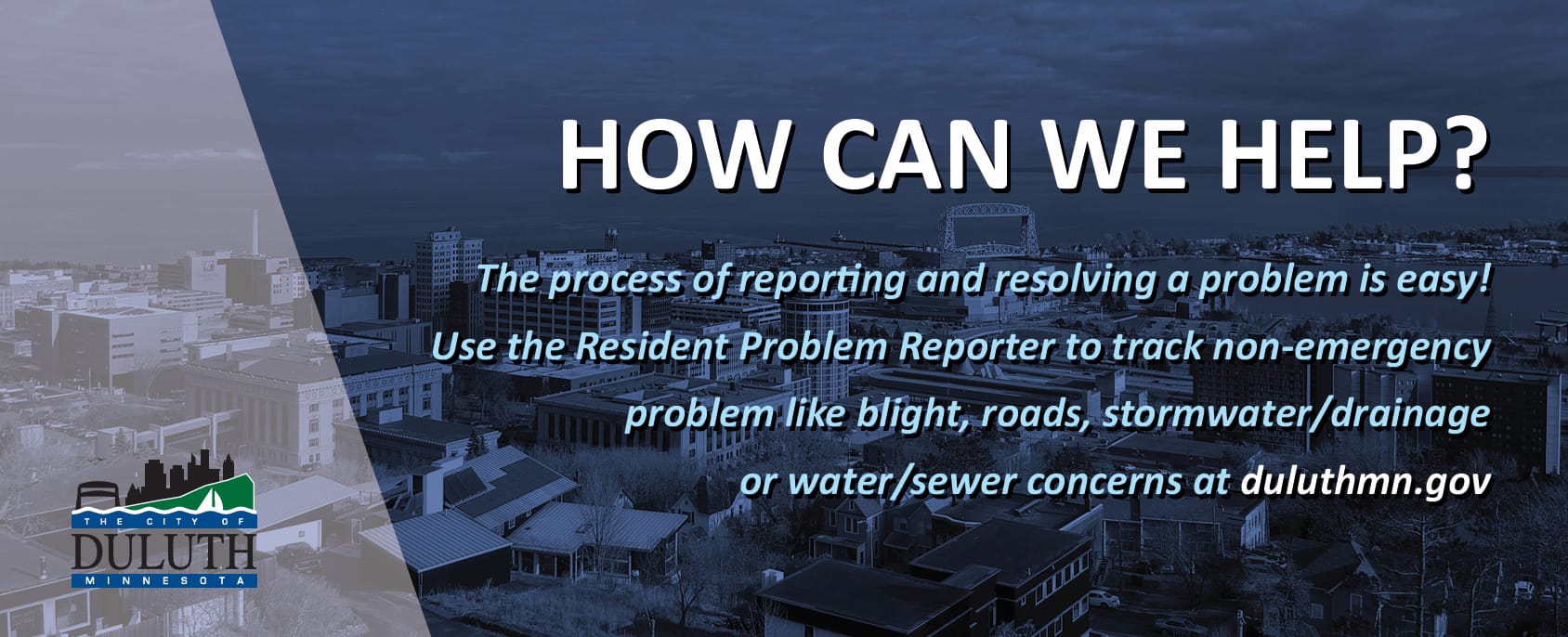
Howie's column is powered by Lyric Kitchen · Bar
Minnesota has always been an exporter of big ideas wrapped in modest packaging. From farmer cooperatives to medical devices, from wind-energy policy to community banking, the state’s genius has never been its size but its sense of stewardship.
Now, quietly and confidently, another export is forming on the horizon — one that might redefine how America takes care of its smallest towns and most remote citizens.
The next great Minnesota export could be a living, breathing model of rural health care — and it’s already working.
At the center stands Essentia Health and its steady-spoken leader, Dr. David Herman, a physician-executive who believes in outcomes over optics. His health system has quietly built what others said couldn’t be done: a large, integrated, rural-based network that actually thrives on value-based care — keeping people healthy, not just treating them when they’re sick.

Essentia now operates 23 separate value-based programs, covering more than 200,000 patients across the upper Midwest. Those programs saved Medicare and Medicaid more than $70 million in just three years, even while improving outcomes for patients scattered across 500 miles of small towns, reservations, and mill communities.
In an era when most health systems are begging for subsidies to stay afloat, Essentia is proving that smart alignment, not endless bailout money, can sustain rural medicine.
The concept is disarmingly simple: if a care model works in Duluth, it can work in Dickinson. Change the geography, not the logic. Shared data, common metrics, local control. Health care built from the patient outward — grounded in community, guided by evidence, and designed for sustainability.
That formula has already caught national attention. Neighboring states are calling, asking how to replicate the Duluth approach. When North Dakota sought to build its first value-based Medicaid program, Essentia helped write the playbook — start small, reward good data, build trust among physicians, and expand only when the foundation is solid. Rural to rural. Peer to peer.
It’s the sort of pragmatic mentorship Washington rarely manages to imagine. And it’s happening quietly, across coffee tables and conference rooms in places the Beltway often forgets.

Minnesota has exported iron ore, timber, and hockey players. Now it’s preparing to export something even more valuable: a pathway to rural health equity.
The transformation underway is not theoretical. It’s operational, measurable, and human. Inside Essentia clinics, nurses are tracking transportation gaps that prevent patients from reaching appointments. Care teams are identifying food insecurity before it sends a heart patient back to the ER. Data specialists are linking rural clinics through one digital backbone, turning scattered outposts into an ecosystem.
All of it flows from a philosophy that refuses to separate compassion from competence. The idea is to prevent illness before it becomes crisis — not by preaching wellness but by building systems that make wellness possible.
Across the nation, rural hospitals are closing at record pace. Nearly 200 have shuttered since 2005, many in towns that never recovered. Essentia, by contrast, has built resilience into its DNA. The system doesn’t leave rural hospitals to fend for themselves; it weaves them into a network that shares staff, data, purchasing, and expertise.
When one community struggles, others lend capacity. The model feels less like a corporation and more like a cooperative — the old Minnesota way, reimagined for modern health care.

What’s striking is the humility that drives it. The success stories aren’t presented as triumphs, but as responsibilities. The belief runs deep that once you know what works, you share it. Rural America, in this view, isn’t a problem to be solved but a proving ground for innovation that cities will someday copy.
That conviction is spreading. Across the country, legislatures are scrambling to adapt similar ideas. The new federal Rural Health Transformation Program, expected to distribute $50 billion over five years, mirrors much of the Duluth playbook: value-based payments, telehealth expansion, and local accountability.
States from North Dakota to Vermont are drafting plans that resemble Essentia’s framework almost line for line.
In Minnesota, policymakers are going even further — exploring a new nonprofit partnership between the University of Minnesota and Essentia Health that could knit research, teaching, and care delivery into a single, rural-centered innovation engine.
The proposed model would blend the university’s scientific reach with Essentia’s community footprint, creating what could become the nation’s first true rural-care laboratory.

If it succeeds, Minnesota will not just export a model — it will export a movement.
The essence of that movement lies in one deceptively moral principle: health care should reward keeping people well, not billing them when they’re sick. It’s a value statement as much as a payment model. And it’s spreading because it works — not politically, but practically.
Walk through an Essentia clinic and the evidence is visible. A physician checks blood pressure readings remotely through a broadband connection that didn’t exist three years ago. A diabetic patient gets nutrition coaching instead of another hospital stay. A nurse logs into a shared dashboard showing early-warning indicators for dozens of high-risk patients across four counties.
Each of those small acts, multiplied by thousands, changes the economics of rural medicine. Each proves that care can be coordinated across great distances when data, trust, and leadership align.
And at the top, Dr. Herman continues to lead by principle rather than applause. He is not a man of slogans. His belief is that transformation comes one patient at a time, one partnership at a time. He speaks of community not as a marketing term but as a living contract — a promise that geography should never dictate destiny.
In a state famous for quiet excellence, that message resonates. It fits the Minnesota psyche: careful, disciplined, cooperative, innovative. It’s not about winning headlines; it’s about solving problems.

If the Midwest ultimately becomes America’s test lab for health-care reform, it will be because one northern system built something that worked — and chose to share it. Because one doctor decided that humility was a better teacher than hubris. Because one community, against the odds, built a network strong enough to export.
Minnesota once taught America how to organize a cooperative, how to build a wind turbine, how to design a pacemaker. Now it is teaching the nation how to heal itself — quietly, efficiently, and together.
Exporting sustainable rural health care might not sparkle like a new technology, but in the long sweep of history, it could be Minnesota’s proudest shipment yet.
Howie Hanson has reported on health care, politics and regional economics in Minnesota for more than five decades. His work focuses on the intersection of policy and people — where hospital corridors, legislative chambers, and small-town streets all tell the same story.

Editor's Note: Minnesota’s Rural Health Reckoning is an editorial journey through the state of rural health care in Minnesota, featuring one column each day for 13 days.
It looks beyond the headlines and into the exam rooms, the nurse stations, the broadband gaps and backroads where small-town medicine is quietly being rebuilt. Each installment examines one piece of the transformation — from how hospitals survive when the math stops working to how doctors, nurses, and patients are rewriting the rules of care from the inside out.
The story begins in Duluth, where Essentia Health has spent the past decade turning words like “value-based care” into something that actually lives in rural communities. But this isn’t just a health system’s story — it’s ours. What happens to medicine in Minnesota’s small towns will define who we are, how we age, and whether we can still look after one another when it matters most.
No organization sponsored this reporting. No PR firm pitched it. It’s one veteran columnist watching Minnesota’s health-care revolution unfold from the inside out — and trying to make sense of what it means for all of us.







